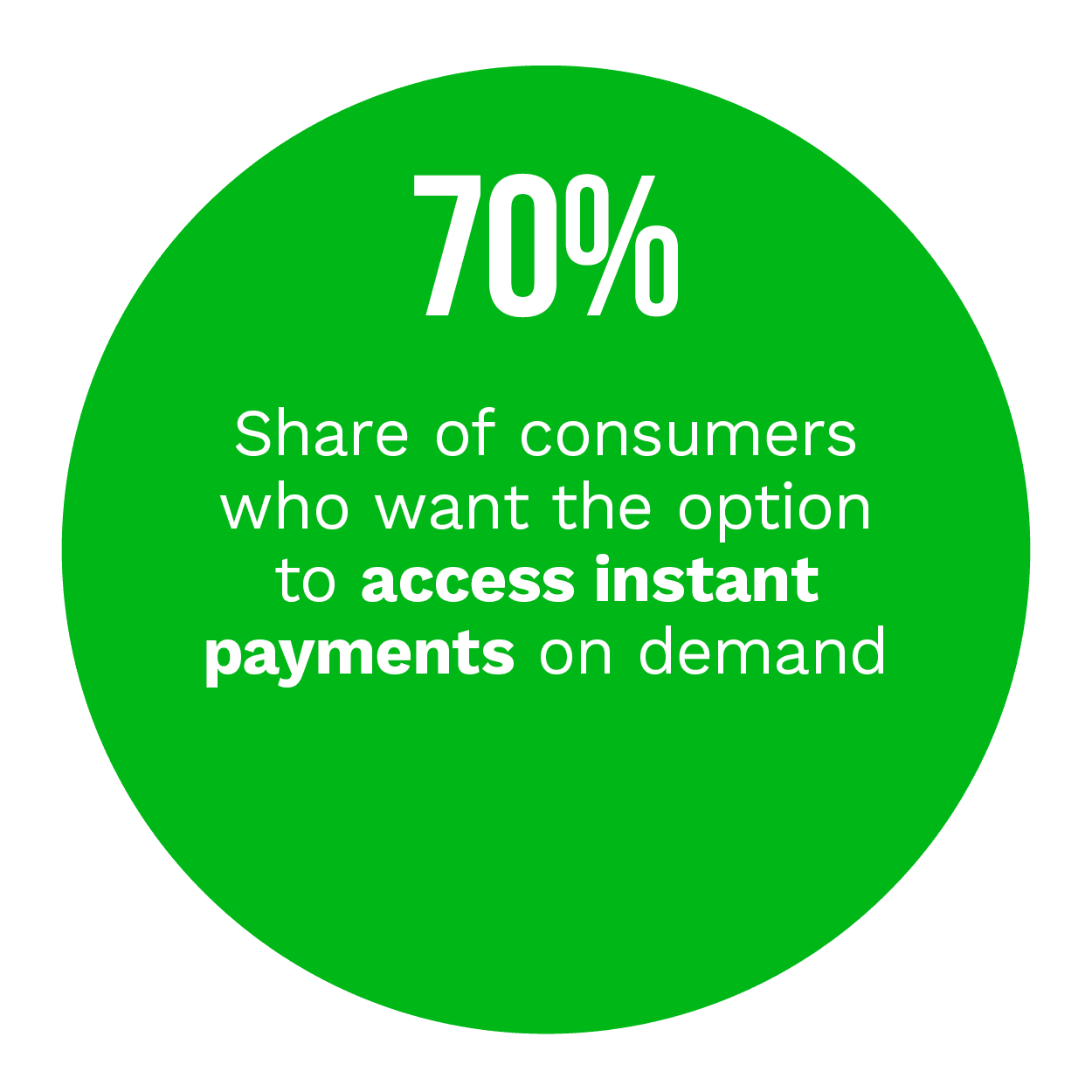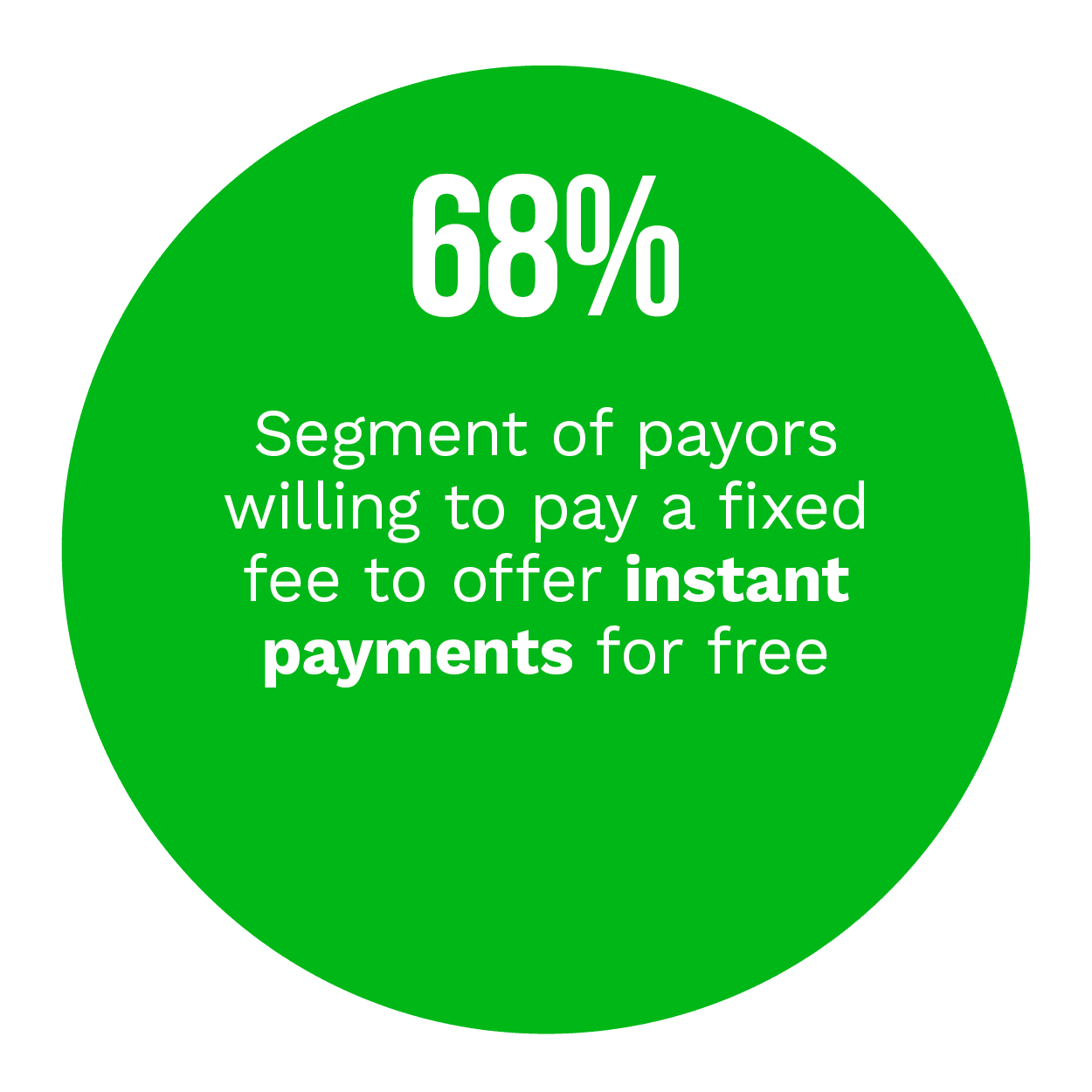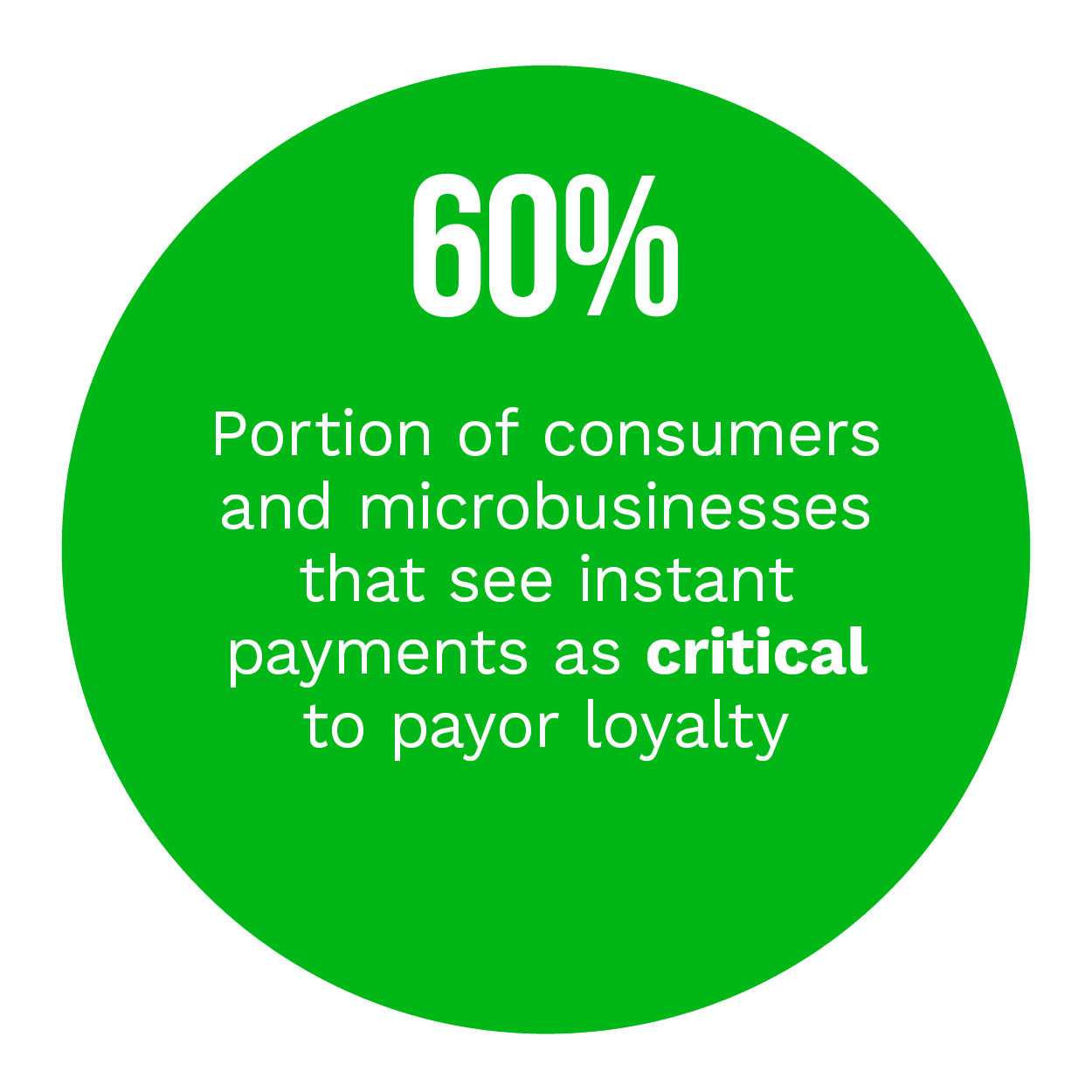Lending has become increasingly streamlined, including automated approvals and disbursements, but the pandemic demonstrated weaknesses in digital lending. Demand for both consumer and small business loans has grown over the past two years, yet the cost of servicing those loans increased 173% while average service center hold times lengthened.
The future for all lenders lies in leveraging digital solutions to not only offer self-service options, but to improve collaboration and integrate legacy systems. A big-picture digital approach and automated data analysis also improves both consumer engagement and risk evaluation.
Firms have been able to use data gathered about borrower behavior across different credit environments over multiple years, enabling them to both manage risk and streamline the loan application process for returning customers. That same data helps to create more personalized experiences that meet customer needs and desires.
The latest edition of the Disbursements Tracker® examines how automation and optimization are transforming digital lending to meet the growing demand for fast loan disbursement and personalized services.
Around the World of Disbursements
The pandemic brought increased consumer demand for loans and loan-related services, such as loan refinancing and hardship plans. While some lenders had already streamlined their processes with improved digital self-service options in recent years, many discovered that was not enough to ensure borrowers weren’t discouraged with the time it took from application to loan disbursement.
Multichannel approaches that included both live personal assistance and digital self-service had the shortest times from application to disbursement. Optimization is also important, as the introduction of email and texting on top of live assistance and digital self-service can actually bog-down the process. Perhaps unsurprisingly, the optimized solutions that moved applicants through the process fastest also returned the highest customer satisfaction.
Both busine sses and consumers are becoming more accustomed to instant payments, adding to demand for the service. At the same time, even business-to-business (B2B) buyers who employ digital disbursements for regular purchases still issue paper checks for ad-hoc payments. Those ad-hoc payments are critical to the small- to medium-sized businesses (SMBs) that are waiting for them, and account for 38% of their sales. Digital disbursement solutions that decouple buyers from sellers can enable buyers to service multiple ad-hoc payees and improve efficiency. Incorporated with discounts for early payments, such solutions can encourage buyers to make the move to digital disbursements for ad-hoc payments.
sses and consumers are becoming more accustomed to instant payments, adding to demand for the service. At the same time, even business-to-business (B2B) buyers who employ digital disbursements for regular purchases still issue paper checks for ad-hoc payments. Those ad-hoc payments are critical to the small- to medium-sized businesses (SMBs) that are waiting for them, and account for 38% of their sales. Digital disbursement solutions that decouple buyers from sellers can enable buyers to service multiple ad-hoc payees and improve efficiency. Incorporated with discounts for early payments, such solutions can encourage buyers to make the move to digital disbursements for ad-hoc payments.
For more on these stories and other disbursements developments, check out the Tracker’s News and Trends section.
LendingClub on the Benefits and Pitfalls of Automated Lending
Automated data analysis combined with personalized service has sped up loan approvals for known borrowers. The digital transition presents new challenges in ensuring automation does not introduce a disparate impact to disadvantaged populations. In this month’s Feature Story, Anuj Nayar, financial health officer at LendingClub, talks about how the peer-to-peer lending company uses internal analytics to help speed loan approvals and mitigate risk.
Deep Dive: Accelerating Loan Disbursements With a Digital Approach
Automated lending solutions can create efficiencies and reduce risk  by enabling digital lenders to make faster decisions based on deep analysis of both traditional and non-traditional data sources. However, digital is not a fix-all, and lenders who rely too heavily on automation can actually see both efficiency and customer satisfaction drop. This month’s Deep Dive takes a look at optimizing digital implementation to ensure automated tools and digital self-service yield the best results for lenders.
by enabling digital lenders to make faster decisions based on deep analysis of both traditional and non-traditional data sources. However, digital is not a fix-all, and lenders who rely too heavily on automation can actually see both efficiency and customer satisfaction drop. This month’s Deep Dive takes a look at optimizing digital implementation to ensure automated tools and digital self-service yield the best results for lenders.
About the Tracker
The Disbursements Tracker®, a PYMNTS and Ingo Money collaboration, examines the latest trends and developments shaping the fast-paced disbursements space and why instant payments are making waves across all sectors worldwide.

